- Biodiversity
-
The variety of all life and living processes in the environment.
- Bushfire
-
A fire that burns in grass, bush or woodland and can threaten life, property and the environment.
- Carbon dioxide equivalent
-
A measure of all greenhouse gases, including carbon dioxide, methane, nitrous oxide and so on, that would give the same warming as the equivalent concentration of carbon dioxide alone. Carbon dioxide equivalent is also called CO2-e.
- Carbon footprint
-
The amount of carbon dioxide and other greenhouse gases released into the air as a result of our daily activities.
- Catchment
-
An area of land on which rain falls, this land then helps to channel the rainwater into rivers, lakes and wetlands.
- Controlled burns
-
Also known as prescribed or hazard reduction burns, involves the use of fire to reduce fuel loads and help protect and preserve homes, buildings, farms, services. They are also used to improve the health of ecosystems and for Indigenous Cultural reasons.
- Country
-
A bounded geographical area, distinct from one another. Country has intrinsic and cultural value for Indigenous people; it incorporates all living things, the seasons, stories and creation spirits.
- Ecological footprint
-
The amount of land and water needed to supply the resources consumed by an individual or group of people, and to absorb their wastes and emissions.
- Ecosystem
-
A collection of interacting living and non-living things. A forest ecosystem would consist of the trees, grasses, soil, rocks, animals, insects and how each of these things interacts.
- Environmental offset
-
An area of land preserved and improved to compensate for the ecological impacts caused by developments (such as new housing) in other areas with similar environmental values.
- Greenfield developments
-
Previously undeveloped land used for development.
- Greenhouse gas
-
A gas in the atmosphere (such as carbon dioxide, methane and nitrous oxide) that absorbs and emits energy, warming the Earth. Greenhouse gas emissions from human activities are the main cause of climate change.
- Greenspace
-
Public parks, gardens, recreational grounds (e.g. sports ovals) or vegetation reserves in urban areas.
- Human settlements
-
The places where people live, including cities such as Canberra, as well as towns and remote communities.
- Infill development
-
Using previously developed land as sites for new buildings or infrastructure. This includes areas with unused or empty buildings, or spaces that are not well used.
- Particulate matter 10
-
Particles in air 10 micrometres or less in diameter. These particles are also called PM10.
- Particulate matter 2.5
-
Particles in air 2.5 micrometres or less in diameter. These particles are also called PM2.5.
- Renewable energy
-
Energy produced from natural sources that are constantly replenished and never run out. Examples include solar, wind, and hydro power from dams.
- Riparian
-
The land and vegetation beside rivers and other aquatic areas, such as lakes and wetlands.
Report for Young People


